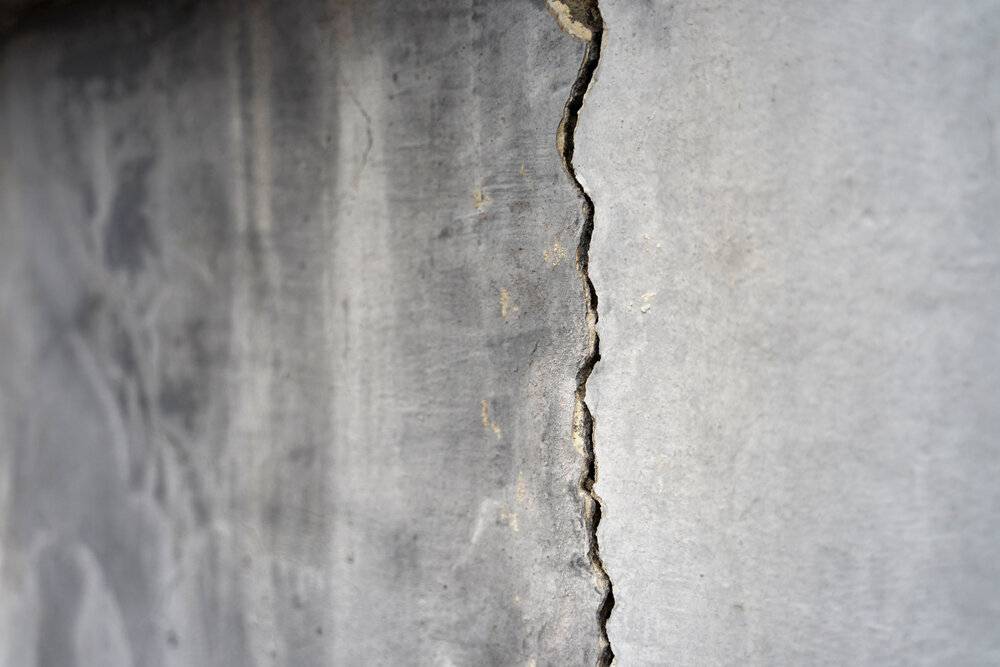The Distinguishable Factors between Structural and Non-structural Foundation Cracks
Cracks can be worrying if homeowners find them in their foundation walls. They can cause water damage and endanger the foundation's stability. To ascertain if they are structural or non-structural, we highly recommend that you hire a professional. Cracks do not cause structural damage. Certain cracks are a natural sign of ageing but must never be ignored. As water follows the least resistant path, water can pass through the cracks to create an ideal mold, mildew and insect habitat. Soil gases can also enter your home via cracks and pollute the air. Ask a structural engineer of you cannot determine the crack type.
Know how the structural and non-structural fragmentation differs
Non-structural Cracks
There are no structural cracks in your foundation, yet the structural integrity of the home is not currently endangered. You will break your foundations due to weather conditions, changes in temperature and moisture content.
Non-structural crashes can result in many factors, for example poor original construction conditions, poor concrete mix, rapid cure, and moisture changes caused by season cycles. Shifting foundations, hydrostatic pressure, greenery, or trees can cause non-structural cracks as well. These cracks are often very thin, less than three millimeters wide hairline cracks.
The following conditions may also lead to non-structural cracks:
Vegetation/trees
Settlement
Hydrostatic pressure
Moving or shifting foundations
Cracks on door and window corners
1-2 mm wide hairline cracks
Diagonal cracks vertically
Plaster cracks
Structural Crack
Various problems, such as poor soil bearing, overloading, heavy soil, and poor construction sites, can cause structural cracks. Structural cracks are accompanied by internal problems. For example, sloping floors and moving items such as doors and windows that might be hard to close.
Usually, structural cracks are easily identifiable. They may be horizontal, vertical, diagonal or seem to be a staircase in base blocks, taking on many shapes and sizes. It can be found in foundation walls, beams, or floorboards. The upper floors of a home are often affected by structural cracks. Structural cracks are usually more than three millimeters wide, but an expert should always diagnose the situation.
Horizontal wall cracks
Vertical cracks which are wider upwards or downward
Stairway cracks
Foundation wall crack
Cracked foundation slabs, beams
Cracks larger than 1/8′′
At Ramjack by American Leveling, our experienced structural engineers work for the people in and around OKC for foundation, installation, slab jacking, concrete lifting, pier and beam foundation repair and more.

